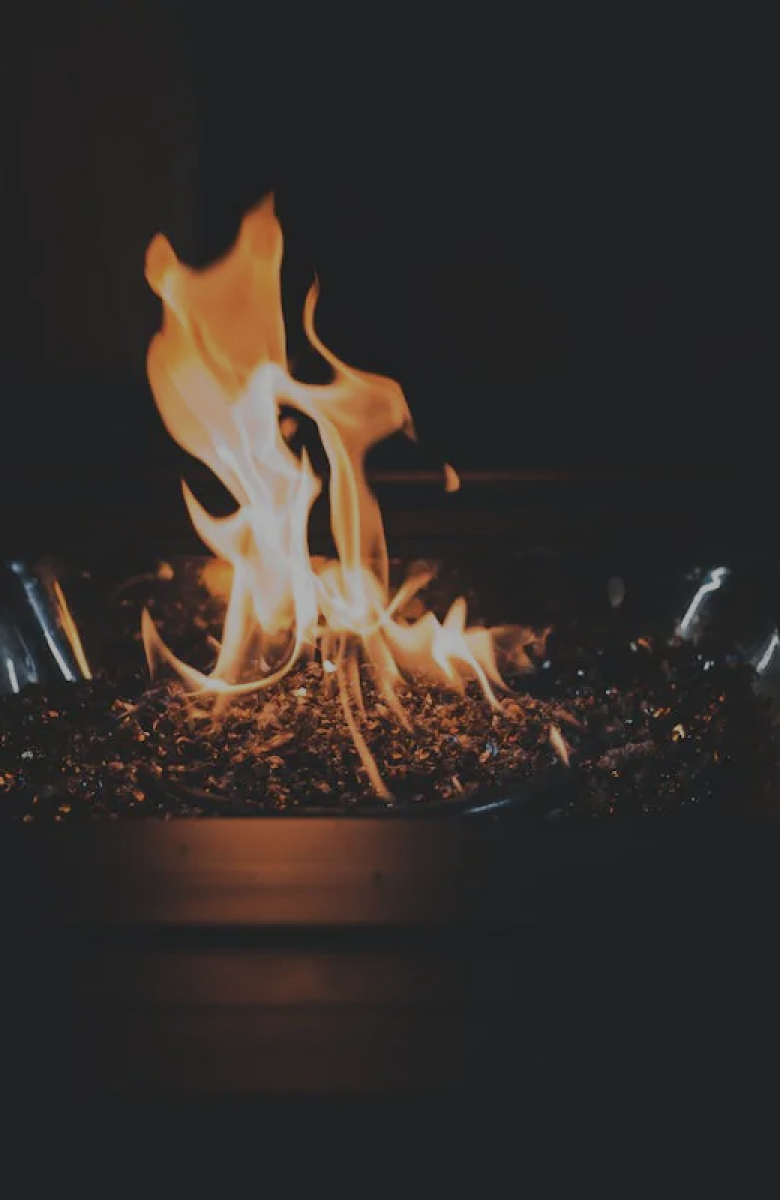Coalification is the formation of coal over a three hundred million-year process. During the initial periods of Coalification, the Earth’s surface was covered mainly by swamps. These conditions, much like those in the tropical rain forests of South America today, facilitated dense vegetation growth.
As this vegetation died and fell into nearby water deposits, the absence of air prevented further decay of the material. Over thousands of years, this accumulated into layers of thick vegetation residue.
Drastic changes in the Earth’s crust took place over millions of years, resulting in coal's creation. Had these changes not occurred on the earth’s surface, a peat-like substance found in Ireland, Scotland and Yorkshire today would be much more widespread.
However, significant volcanic eruptions did occur, vastly changing the landscape and creating mountain ranges and lower ground. These highs and lows over millions of years, coupled with dramatic atmospheric changes with significant winds, ice ages and thaws, resulted in the erosion of the mountain tops. These erosions created hundreds of meters of sand, shale and rock minerals deposited on the vegetation. Large pressure on the vegetation, in addition to heat and great lengths of time, changed the peat-like matter into the coal product used extensively today.
When burning fuel such as coal, ash deposits require the user to clean the fire or appliance before its subsequent use. Ash exists within coal because of the vegetation it is initially formed from. Ash is present within the vegetation and appears much like cigarette or wood fire residue. During Coalification, the ash content in the vegetation is trapped and becomes part of the final coal product. The residue level in coal varies worldwide because of the changes in vegetation composition.




